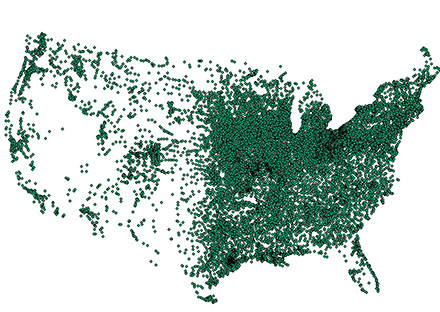Past Research
Bioremediation of tetrachloroethylene (PCE)
The bioremediation project is a bench-scale microcosm study to determine if biodegradation of tetrachloroethylene (PCE) is possible using native bacteria from a contaminated site. Emulsified soybean oil is used as the food source for the bacteria and acts as an electron donor to promote the degradation of PCE through reductive dechlorination. The microcosms consist of soil from the contaminated site, artificial groundwater to provide the nutrients needed for bacteria, emulsified soybean oil, and a spike of the contaminant, PCE. The concentration of PCE and its degradants in the microcosms are measured using solid phase microextraction (spme) with GC-MS to determine if bioremediation is occurring in the microcosms.
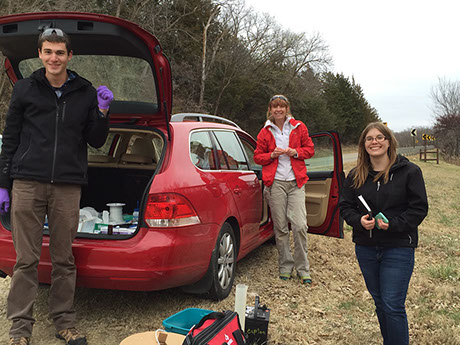
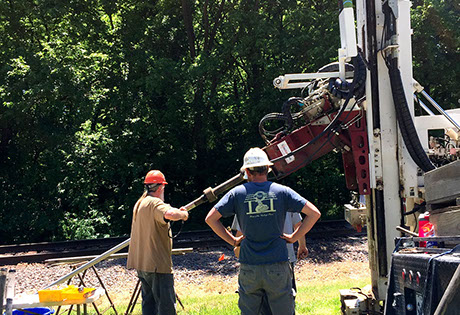
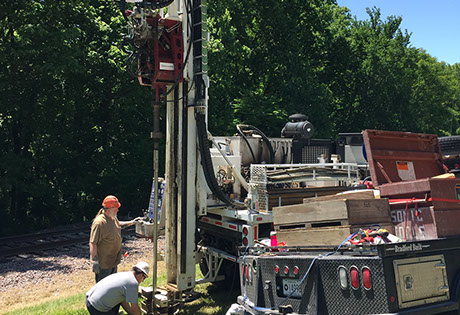
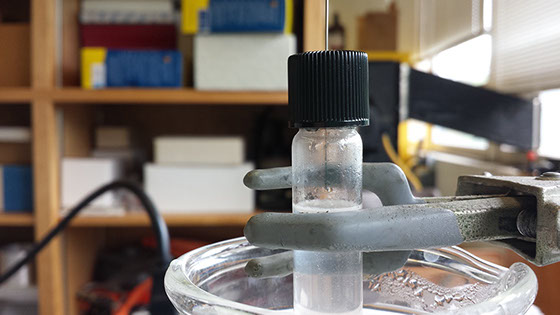
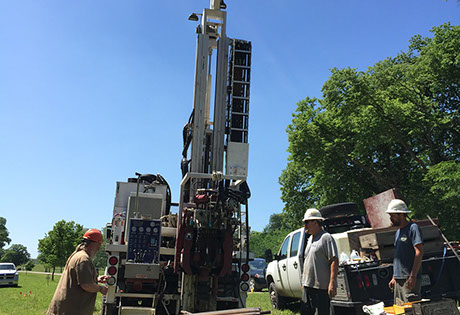

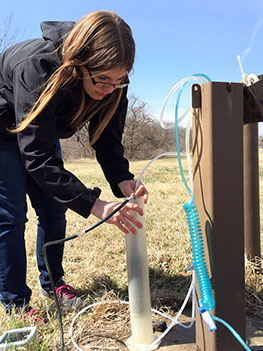
Fate, Transport, and Applications of Environmental DNA (eDNA)
Environmental DNA (eDNA) is genetic material from organisms that can be recovered from the environment. eDNA is typically contained in things like shed skin, scales, mucus, excretions, or decomposing materials.
Environmental engineers and forensic scientists have commonly used molecular methods to extract, amplify, sequence, and quantify DNA sequences of interest from the environment for applications from pathogen source tracking to crime scene analysis. This study of genetic material recovered from the environment is broadly known as metagenomics.
eDNA monitoring of vertebrates is a branch of the developing science of metagenomics. Since DNA persists in the environment for a finite period of time, scientists and engineers can use recovered genetic material as an indicator to learn something about the organisms that have been there recently. This type of molecular monitoring allows for sampling without having to physically handle the organisms themselves, which is especially useful for rare, sensitive, or hard-to-capture organisms, and where time, money, or personnel are limited. By identifying and measuring the eDNA signal, researchers hope to relate eDNA concentrations back to organism parameters (e.g., abundance, biomass, recent movement, population health, etc.).
Some of the fundamental science behind the fate and transport of eDNA in aquatic environments is still being developed. For example, eDNA is known to move among several environmental compartments, including the water column, sediments, surface films, and biofilms. In addition, mixing and resuspension can redistribute material. By examining the concentrations of eDNA in these four compartments over time, a basic transport model could be developed.



Resource Recovery Analysis
Our municipal wastewater contains resources that are in high demand and that can be harvested for further use. Energy can be recovered through methods such as the anaerobic digestion of sludge or the production of algal biofuel feedstocks.
Phosphorus and nitrogen can be recovered for fertilizer use, offsetting our current sources of nutrients produced from energy-intensive processes. Water itself can be recovered and reused. The geographic intersections between our resource demands and supplies available from municipal wastewater are investigated in this project.

